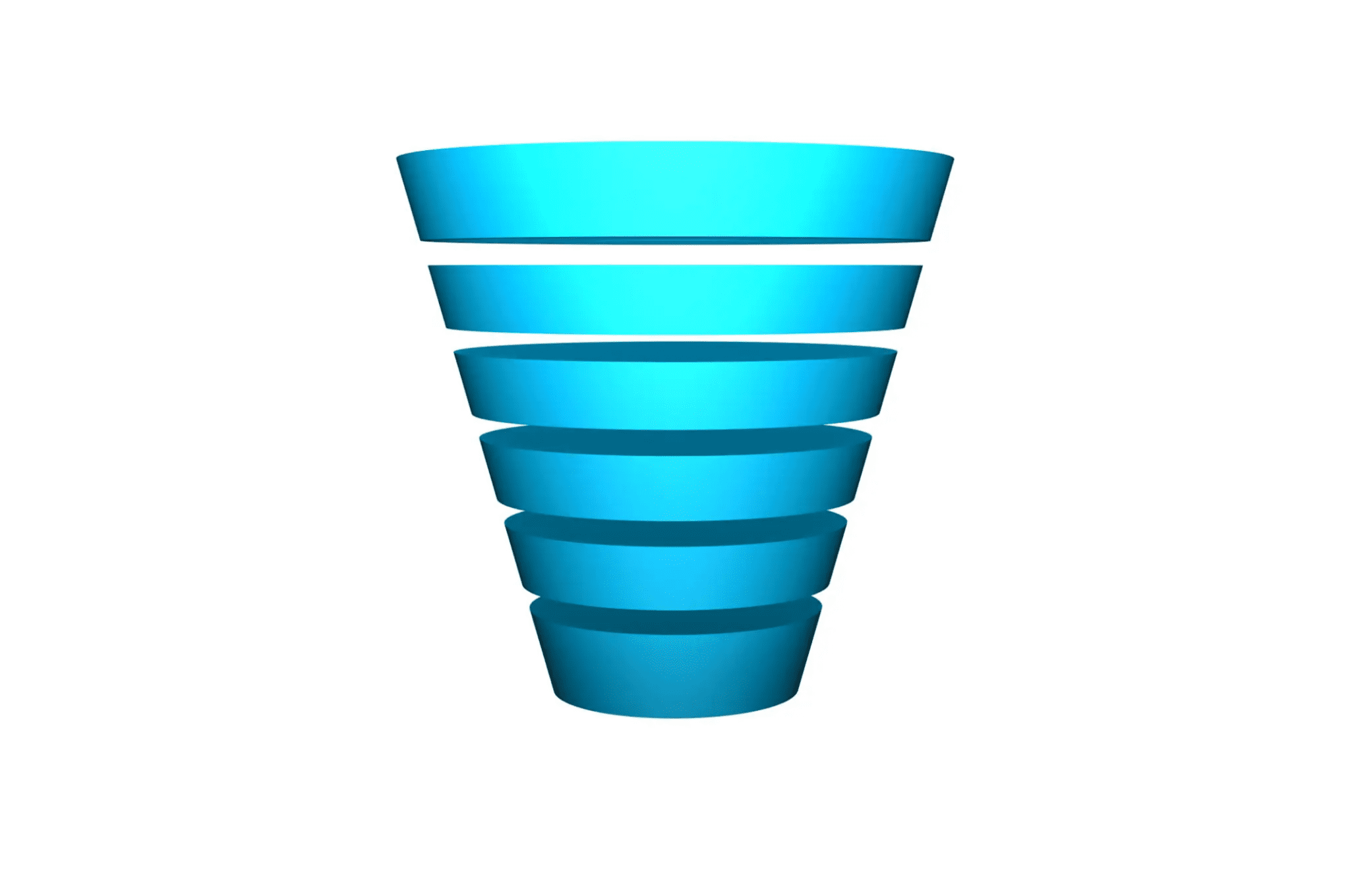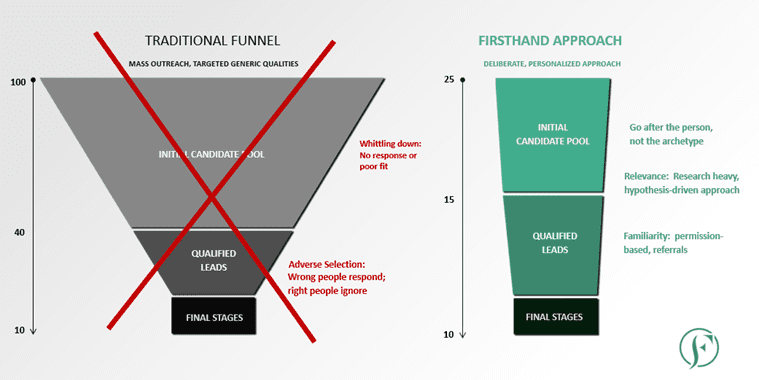
Mass Outreach is Dead and the Traditional Funnel is Broken
The people we most want to reach are bombarded with more noise than ever—calls, emails, LinkedIn, and now: AI-generated pitches. AI agents like Artisan are already out there automating outbound sales, and before long, prospects will deploy their own AIs to screen all inbound.
As a result, the best-in-class have raised their filters. They engage only through trusted, credible, and pre-existing networks.
“AI will indeed spell the end of all human outbound sales jobs, NOT because AI ‘replaces’ them, but instead because AI so poisons the well that no one responds to anything anymore.“
— Sam Lessin, Slow Ventures
This has major implications for how we build new relationships.
Since the return from Covid, we’ve seen sharply diminishing returns on traditional top-of-funnel tactics. The legacy playbook: define your “ideal customer profile” and execute a sequence of outreach steps—emails, voicemails, LinkedIn messages, referral asks—until you convert interest into meetings.
In recruiting, this means building a candidate pool using surface-level filters: 5–7 years of fundraising experience, firms A–X, top-ten schools, CFA, proximity to NYC, etc. From there, the process is to narrow that group to a dozen or so qualified individuals and ultimately select finalists.
But here’s the catch: the best-in-class never entered that funnel.
They deliberately tune out that kind of outreach—and they’ve built their own relationship building models that look nothing like this legacy approach.
In my own sales experience, I flipped the funnel. I started with the narrow end—zeroing in on the 25 institutions and individuals that absolutely mattered, no excuses, “do or die.” I wasn’t chasing a profile; I was selecting people based on my conviction, formed from observing patterns in how many similar clients had used our strategy.
That confidence in fit justified more upfront, manual effort: deeper research, warm introductions, and thoughtful preparation. The result? A prospect who felt respected as an individual and a first meeting that felt more like a third or fourth.
The same principle applies in recruiting.
I know who the top salespeople are because I’ve worked alongside them, observed their habits, heard how they evaluate opportunities, and seen where they win. Each conversation sharpens the next. This isn’t static knowledge—it’s a living map. It builds. Patterns emerge. I understand what excites them, what they won’t tolerate, and what levers actually move them.
By the time I reach out, I have a strong sense of the person—how they think, what they’ll ask, and the one thing they may truly care about. I’m not pitching a job. I’m surfacing a possibility and trying to inspire their interest.

